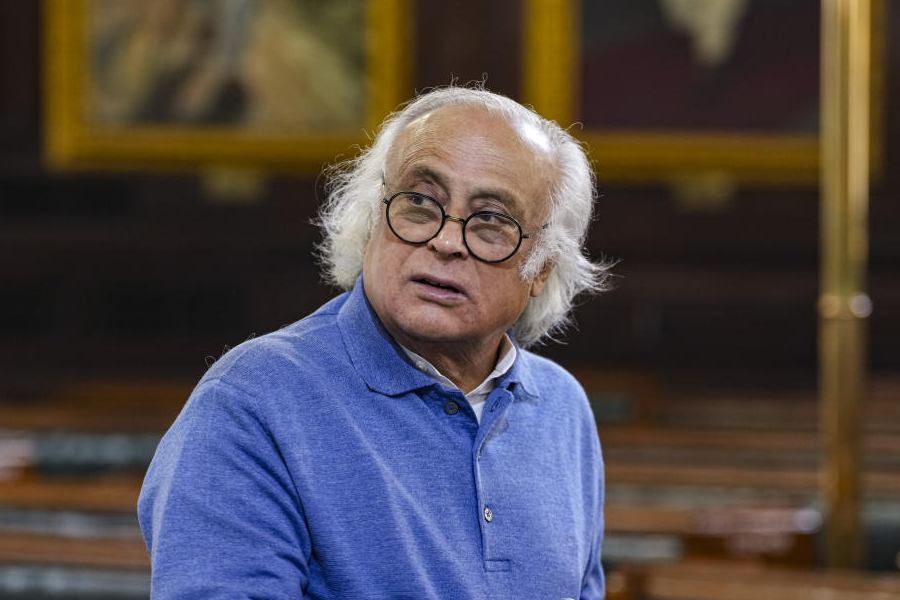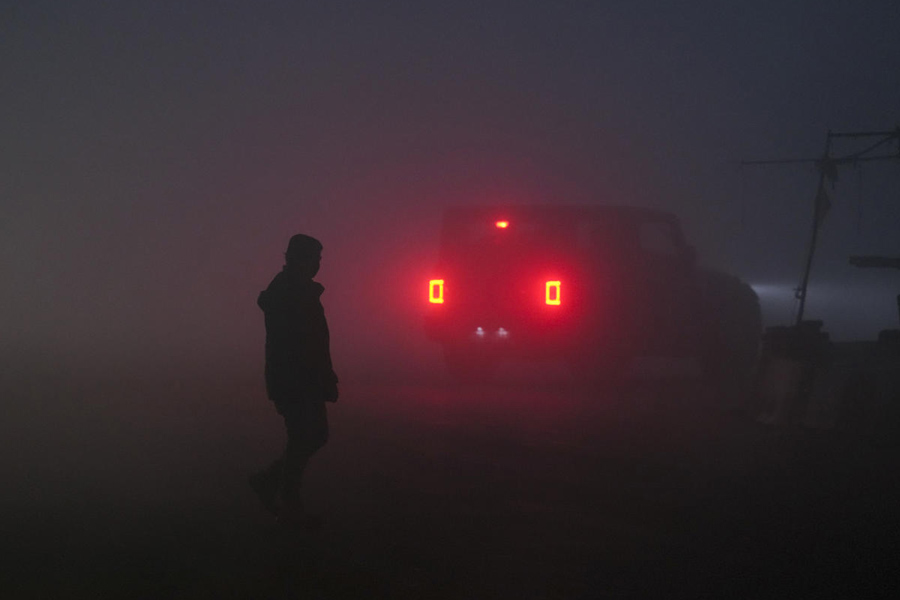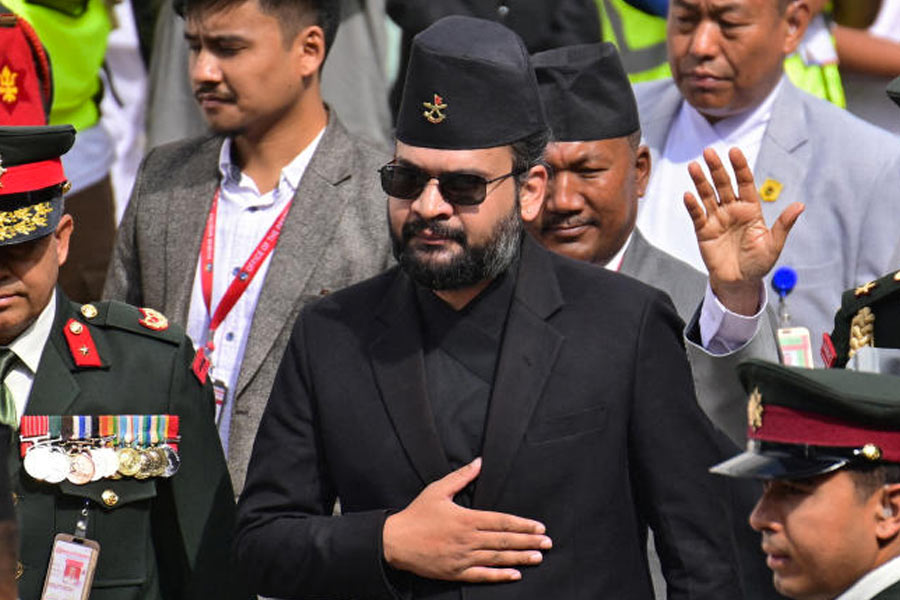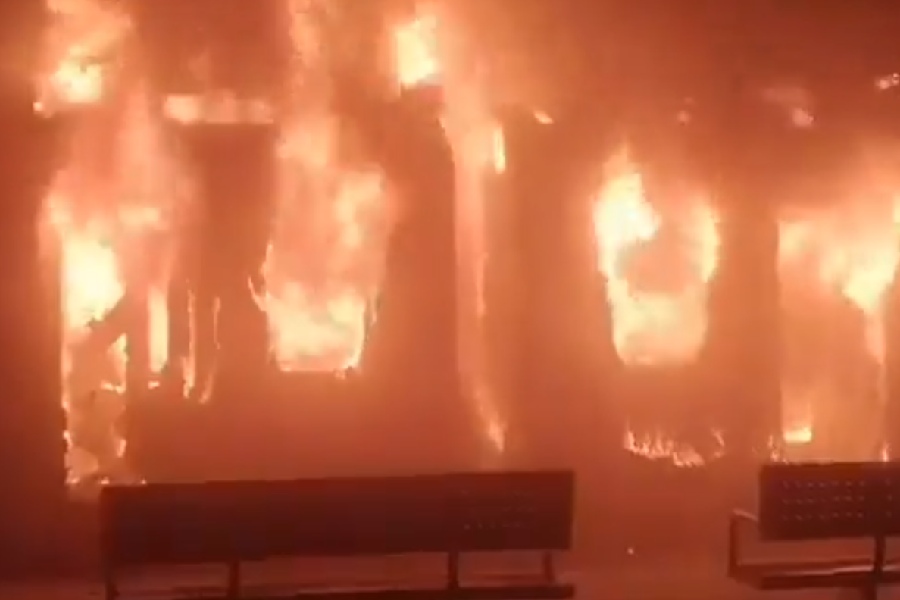 |
The 14th of August is Pakistan’s Independence Day. The 15th of August is India’s Independence Day. They were both first celebrated in 1947. Yet those two nations owe their origins to another day in August, a single day — fortunately never to be repeated — in the previous year.
On the 16th of August, 1946, the Muslim League called for a “Direct Action Day”. Its leader, Mohammad Ali Jinnah, proclaimed that we shall have “either a divided India or a destroyed India”. The violence unleashed on that day set in train a series of events that made the Partition of India unavoidable. The riots started in Calcutta, but soon spread to the Bengal countryside. Then Bihar and the United Provinces erupted, and finally, and most savagely, the Punjab.
Many historians (including myself) have written of the causes and consequences of Direct Action Day. Recently, while working in the archives, I found a vivid first-hand account of what happened that day in the city where the rioting was most intense — namely, Calcutta. This took the form of a letter written by the anthropologist, Nirmal Kumar Bose, to his friend, the writer Krishna Kripalani, who was then living in Delhi. It was written on the 2nd of September 1946, two weeks after the events it describes. This is how the letter begins.
“The 16th began as an anxious day for everybody. No one knew what was going to happen. [The Muslim League Leader, Khwaja] Nazimuddin’s statement that the Muslims did not swear by non-violence did not lead us to anticipate that active preparations for looting etc. had been going on in the meantime. Anyway, no police men were visible anywhere, and even the traffic police had been withdrawn. The trouble started in Shambazar about mid-day, and earlier in other quarters. There was going to be a very big Muslim meeting at the Maidan at about 2, and Muslim crowds began to pour in from towards Cossippore about 12. Every one noticed with some anxiety that the processionists carried lathis and brick bats in hand. … The processionists asked the shopkeepers to close their shops, and before that could be done, a Kaviraje’s shop was broken up in Baghbazar Street. A doctor’s house was attacked, and the crowd shoved in burning rags through the cracked door. Some ten or fifteen young men rushed out from the neighbouring houses and with lathis fought the crowd. The crowd swayed back from Baghbazar St. and continued on its way southwards.”
Bose’s letter went on to describe how the violence spread across the city, with stabbings and murders in various localities across North Calcutta. The weapons used by the rioters included knives, iron rods, and fire bombs. “As people came back home from different parts of the town they brought back tales of maimed women, burnt houses, looted shops and so on. Some of these were later on found to be wrong; but people had become panicky and were eager to believe every atrocity story.” Through the 17th and 18th of August, the riots intensified and spread, as “people lost their senses from fright and reacted violently in the hope of self-defence. The police were nowhere, and the only chance of living, they thought, must be through extermination of Muslims — as if that were possible or desirable”.
On the 19th, the military were called in, “and slowly the city has become calm”. As the anthropologist walked around the city, he saw “dozens of corpses lying about. They swelled in a day or two, the air became foul, and vultures for a whole week littered the roofs of Calcutta, and feasted on the corpses until they could do no more”. On the other, more positive side, “relief works sprang up everywhere and have been doing a splendid amount of work. Money, services, clothes, vegetables started coming in profusely, but the sting has remained. There is hardly any centre where you find both Hindu and Muslim refugees. There is a clear-cut division”. As Bose talked to people, “numerous cases of Hindus sheltering Muslims and Muslims sheltering Hindus have come to light; but, taken as a whole, the fear and distrust on both sides is intense. People are shifting from one quarter to another; but God knows if that is any solution”.
Bose ended his letter on a very personal note. For him, as for almost everybody else in the city, “16/17/18th [August 1946] were days of suspense and anxiety. All that I could do was to feel that my influence was nil among people who had become frantic. That has been the experience of other friends also. Some of them have worked very courageously in the thick of open fights, but their total influence has been small. It is clear to me that individual non-violence of our timid type fails to stem an emotional flood of violence.… Perhaps if my non- violence had been of such a type that it would have led [me] to shed my life to stem Hindu violence, then it might have been very effective. But I could not rise to such a height. Nor was such an opportunity available to me. Perhaps, if I had gone forth among the murderous crowds at night, I might have had such an opportunity; but probably it was a lurking timidity which kept me back. A friend of mine tried to save Muslims like that, but before he could stay the hand of all men in the crowd, the fatal blow was struck. He has similarly been questioning himself how he could save the Muslims’ death by courting death himself.”
The last lines of Bose’s letter were poignant and moving. He wrote, “I am beginning to feel, Krishna, that where I am afraid to walk alone, we must walk in company. If such a band comes into being, then spiritually we shall be able to support one another and perhaps make non-violence effective through organisation.”
In Calcutta, although the violence was started by the League, the main sufferers were the Muslims of the city. Out-numbered and out-gunned, they lost more lives and had more homes burnt than their Hindu adversaries. This prompted a wave of retributive rioting in Noakhali, a district in Eastern Bengal where Muslims were overwhelmingly in the majority. Hundreds of Hindus died in the violence here, while tens of thousands were rendered homeless.
In November 1946, Mahatma Gandhi visited Noakhali in a bid to restore communal peace. Accompanying him was Nirmal Kumar Bose. The anthropologist had a long interest in Gandhi. In the 1920s, he had abandoned his studies and courted arrest at the Mahatma’s call; later, he began to systematically study the Mahatma’s ideas, producing two important books, Selections from Gandhi and Studies in Gandhism.
Gandhi asked Nirmal Bose to accompany him to Noakhali for two reasons. Bose was familiar with Gandhi’s thought and way of working, and he was a native Bengali-speaker, who could translate Gandhi’s speeches to village audiences. Bose toured with Gandhi for several months, both in Noakhali and in Bihar (where Muslims had massively suffered at the hands of Hindus). His experiences are described in his book My Days With Gandhi, first published in 1953. The book makes manifest his admiration for the Mahatma; but it is not entirely adulatory, for Bose strongly disagreed with Gandhi’s brahmacharya experiments, which he thought were unfair to the young women asked to participate in them.
My Days with Gandhi is still in print. However, the letter from Bose I have excerpted here has, I believe, never been shared with the public before. Its value lies not merely in its being a first-hand testimony of what happened on Direct Action Day. For, in August 2014 as in August 1946, the communal situation in India is still not secure. Most recently, there have been a spate of incidents in the state of Uttar Pradesh. Reports on these riots reveal a melancholy similarity with what happened in Bengal and Bihar in the 1940s — intense “fear and distrust” between Hindus and Muslims, with members of each community, in turn, reacting “violently in the hope of self-defence”.
Examining his own reactions to the violence around him, Nirmal Bose told his friend that “where I am afraid to walk alone, we must walk in company”. Shortly afterwards, Gandhi came to Calcutta. He was a man always willing to walk alone. Bose joined his company. In Noakhali and Bihar, and later in Calcutta and Delhi, Gandhi sought to “make non-violence effective” through the power of his personality and the sustenance of his closest followers. Indian politicians now lack the moral courage to walk alone, but is it too much to hope that they can find this courage in company? If an all-party delegation, led by the prime minister but also including the Congress president and other major leaders, were to visit Uttar Pradesh now, they may yet restore social peace in that troubled and divided state.










